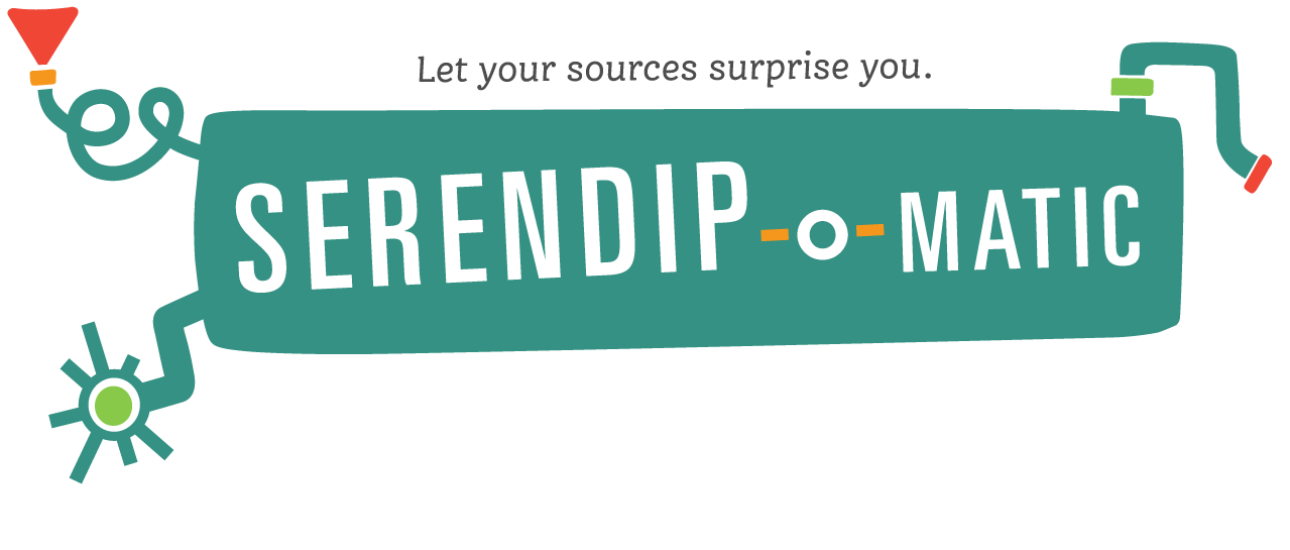I’ve been meaning to post something about William Pannapackers’s article “Stop Calling It ‘Digital Humanities’” for a couple of days, but my teaching schedule is stacked towards the beginning of the week, so it had to wait. Now that Rafael Alvarado’s response has appeared as an Editor’s Choice on Digital Humanities Now, I thought I’d set my fingers to typing.
Pannapacker laments the way that pedagogy has lagged behind research in the development of the Digital Humanities His main point seems to be that the identity of the Digital Humanities has developed so one-sidedly around research activity that it is difficulty to transfer to more teaching-oriented institutions, whether that means faculty lacking the resources to engage in Digital Humanities scholarship or faculty wishing to teach something called the Digital Humanities to their students.
Pannapacker is not advising us to give up.* Overall, his suggestions are helpful hints for how to overcome the barriers in certain kinds of institutions. But therein lies the problem. Pannapacker has primarily the small liberal arts college in mind, and he is unconsciously making the same mistake he critiques—proposing that the Digital Humanities be defined in terms of the mission of a particular type of institution.… Read more…



